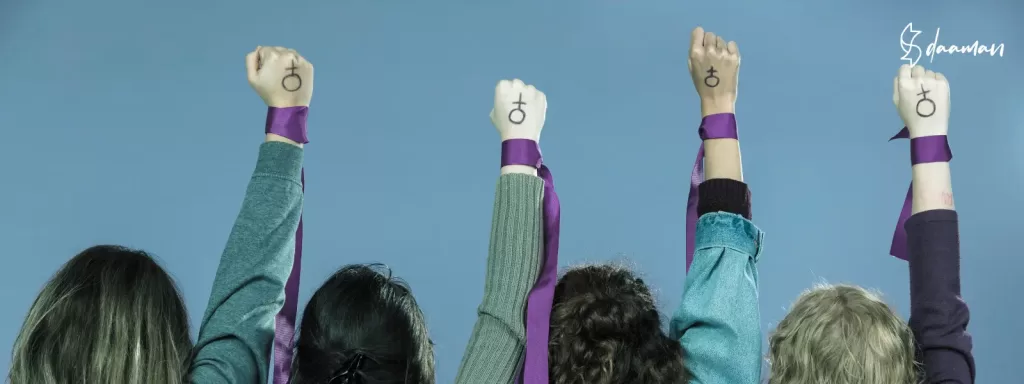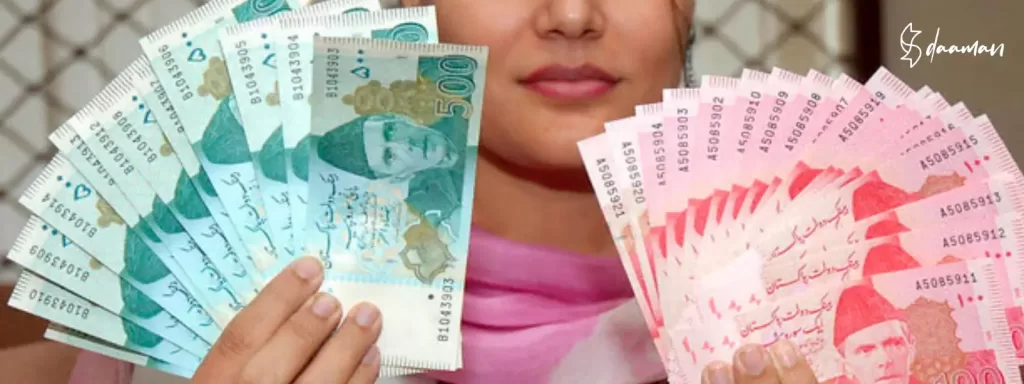Exploring the Allure of K-Dramas: A Comparative Analysis with Pakistani Dramas
Within the dynamic field of television dramas, Korean dramas, or K-Dramas, have become an international sensation with a large fan following, especially among female viewers. The issue that comes up is: why do women seem to be more interested in K-Dramas than in those from Pakistan? Let’s explore the narrative, thematic, and contextual elements that make K-Dramas so popular with female viewers. Image Source: Various Sources Cultural Context: The distinct cultural backdrop that K-Dramas provide is one of the main elements driving their appeal. Korean dramas offer an insight into Korean life and expose audiences to a culture that may differ greatly from their own. The additional layer of mystery and novelty brought forth by this cultural inquiry makes K-Dramas an intriguing diversion for fans all around the world. Idealisation and Romantic Fantasy: K-Dramas are well known for their love stories, which frequently present love in an idealised and beautiful way. Many female viewers’ love dreams are satiated by the “oppa” culture, which presents male characters as protective and compassionate. K-Dramas’ depictions of love tales frequently centre on purity and devotion, offering romantic escape that is particularly appealing to female viewers. Diversity and Portrayals of Characters: K-Dramas frequently feature strong, resilient, and unique female characters in a variety of situations. When opposed to other traditional Pakistani dramas where women are occasionally restricted to stereotyped positions, the multifaceted portrayal of women in a variety of vocations and life situations offers a more expansive picture of female characters. Because of this diversity, women are able to identify personally relatable personalities. Production Quality: K-Dramas are renowned for their exquisite attention to detail, visually beautiful cinematography, and high production values. A captivating narrative combined with visually stunning visuals makes for an engrossing watch. The focus on high-quality production enhances K-Dramas’ allure by drawing in viewers who value an aesthetically compelling story. Creative Narratives: Pakistani dramas frequently centre on conventional family relationships and societal concerns, according to well-known tropes and stories. K-Dramas, on the other hand, are renowned for their creative and varied storytelling. K-plays encompass a wider range of genres, including science fiction, fantasy, thriller, and historical plays, all of which fascinate audiences with unexpected turns and twists. The Binge-Watching Culture and the Episodic Format: Character development and succinct narrative are made possible by the episodic structure in which K-Dramas are usually created. This structure is a good fit for the binge-watching culture that has spread around the world. However, Pakistani dramas can have a longer running time, which could wear out viewers who are used to a more succinct and interesting story. Worldwide Attractiveness and Easily Reachable: The fact that K-Dramas have multilingual subtitles adds to their popularity on a global scale. Because of this accessibility, viewers from Pakistan and other countries may enjoy K-Dramas without worrying about language issues. Although popular in the region, Pakistani dramas might not be as accessible or have as much linguistic variety for a global audience. Soundtracks and Music: K-Dramas are renowned for having engrossing soundtracks that go well with the story’s poignant tone. An additional level of emotional impact is added by the story’s use of music as a central component. This focus on music improves the whole watching experience and helps viewers form an emotional bond with the characters and plot. Image Source : ARYDigital.com In conclusion, a variety of factors, including cultural exploration, romantic fantasy, varied character portrayals, high production values, inventive plotlines, episodic formats, international accessibility, and the use of powerful soundtracks, can be blamed for women’s preference for K-Dramas over Pakistani dramas. Even if each kind of entertainment has advantages of its own, K-Dramas’ global popularity is unmatched because of their ability to captivate spectators with their own charm and narrative skills across cultural divides.
Exploring the Allure of K-Dramas: A Comparative Analysis with Pakistani Dramas Read More »












